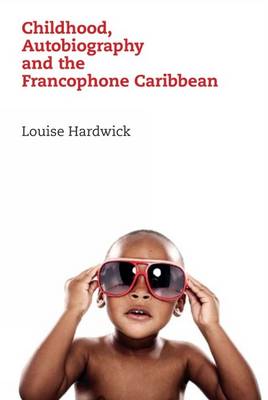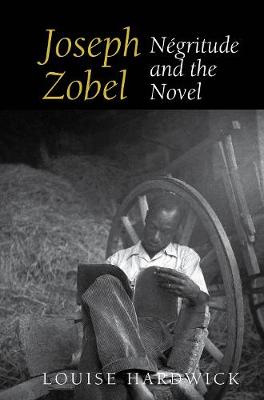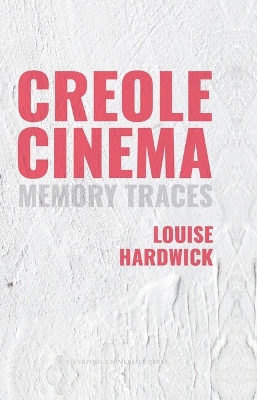Contemporary French and Francophone Cultures
3 primary works
Book 24
Combining approaches from Postcolonial Theory, Psychoanalysis, Trauma Theory and Gender Studies, and positing recognition as a central concept of postcolonial literature, it draws attention to a neglected body of recits d'enfance by contemporary bestselling, prize-winning Francophone Caribbean authors Patrick Chamoiseau, Maryse Conde, Gisele Pineau, Daniel Maximin, Raphael Confiant and Dany Laferriere, while also offering new readings of texts by Aime Cesaire, Frantz Fanon, Edouard Glissant, Joseph Zobel, Francoise Ega, Michele Lacrosil, Maurice Virassamy and Mayotte Capecia.
The study proposes an innovative methodological paradigm with which to read postcolonial childhoods in a comparative framework from areas as diverse as the Caribbean, North Africa, Sub-Saharan Africa and particularly the Haitian diaspora in North America.
Book 51
Book 101
Creole Cinema: Memory Traces is the first book written in English on Francophone Caribbean cinema. It establishes a postcolonial, Caribbean, and fundamentally Creole theoretical framework for the interpretation of works which the author defines as Creole cinema, through the lens of Patrick Chamoiseau’s concept of the Trace-mémoire. In so doing, it examines the remarkable multisensory forms of memory expression performed by Creole cinema, drawing on work on intercultural cinema and haptic visuality by Laura Marks, and on Hamid Naficy’s insights into accented cinema. Initially undertaking a general survey which provides the most comprehensive account of Francophone Caribbean cinema to date, the critical framework is then developed in a series of case-studies which analyse Biguine (2004) directed by Guy Deslauriers with a screenplay by Chamoiseau; Nord-Plage (2004) directed by José Hayot, again with Chamoiseau as author of the screenplay; Rue Cases-Nègres (1983, Sugar Cane Alley) directed by Euzhan Palcy; and Nèg maron (2005) directed by Jean-Claude Barny. Each case study establishes how the Trace-mémoire manifests in a complex haptic multisensory set of dynamics which can be discerned both in individual works and across a wider range of films considered, in order to access and retrieve – here with a particular emphasis on processes of creative intuition – subaltern and marginalised memories and histories. The study works in a consistently interdisciplinary manner across areas including Francophone Studies, Film Studies, Postcolonial Studies, World Cinema, and Black Studies, and represents a timely intervention on urgent debates around black representation in cinema.


